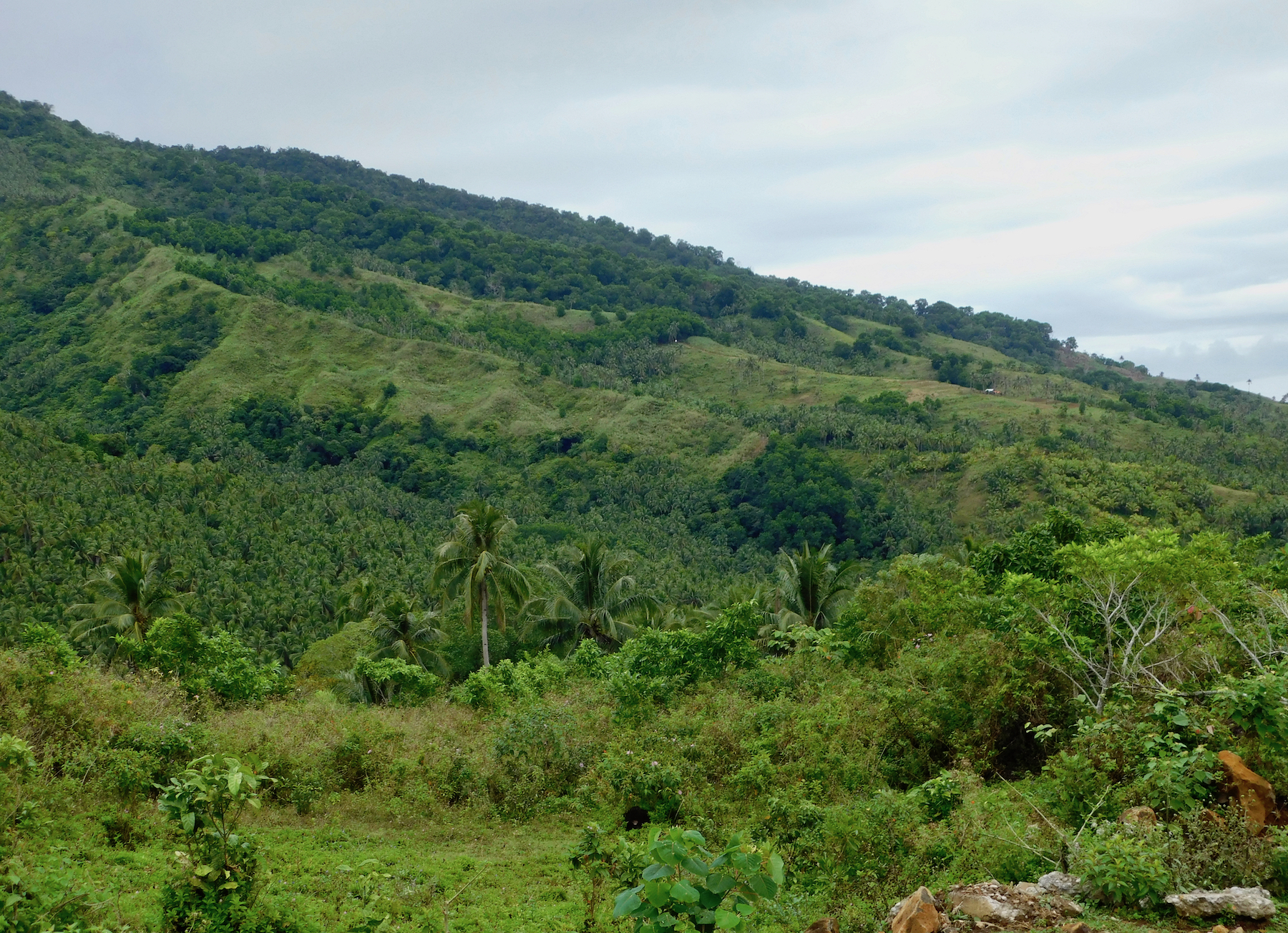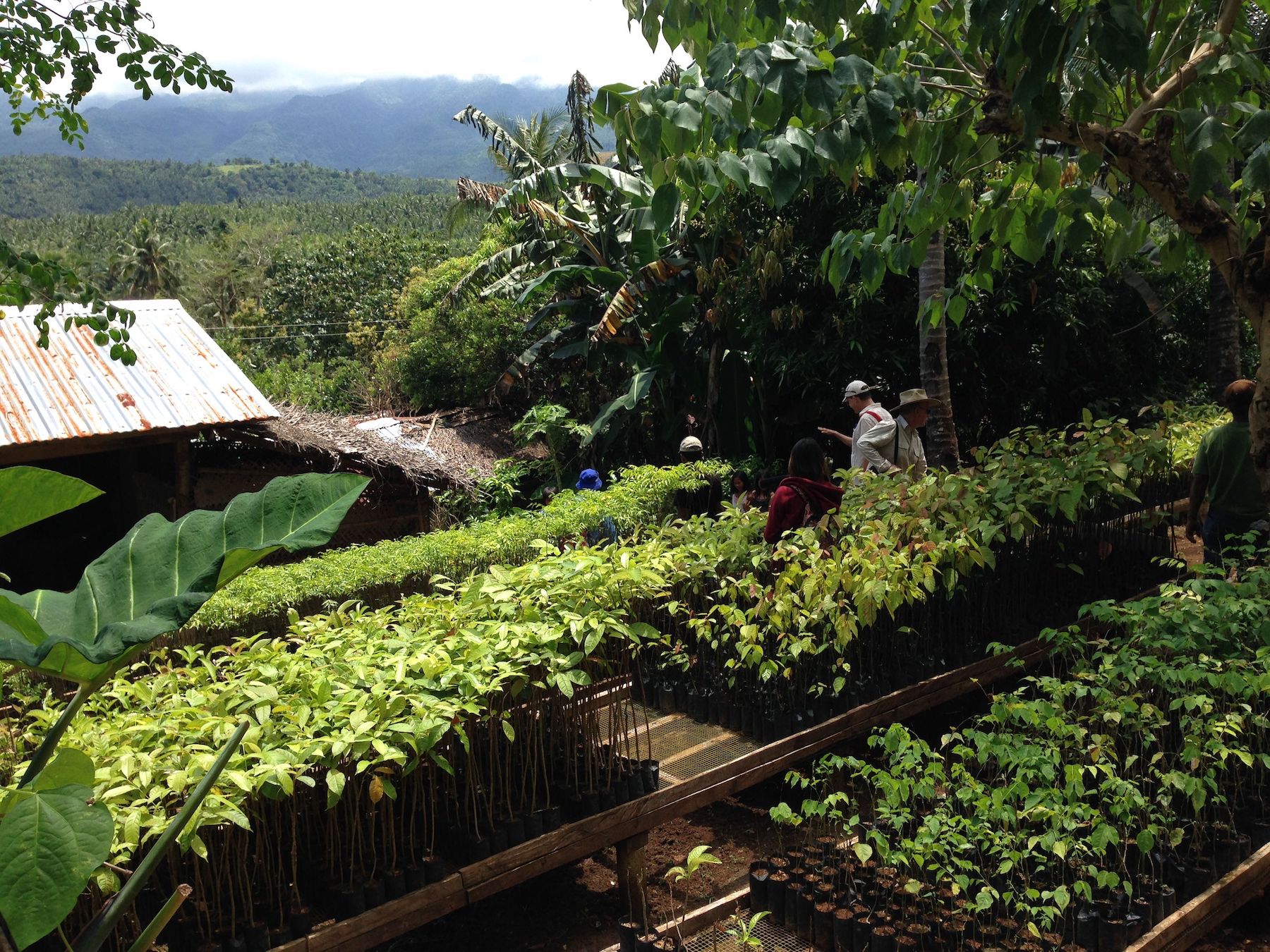- A study published today in Science finds the planet contains a U.S.-sized area of unforested land environmentally capable of growing trees without displacing farmland or cities.
- The authors write that if this area were completely reforested, those new trees could, in theory, soak up two thirds of humanity’s carbon emissions to date.
- Meanwhile, another published earlier this week in Science Advances and which analyzed the tropics only, arrived at a slightly smaller area estimate. It points “restoration hotspots” based on the environmental and economic likelihood of restoration success, including Brazil and several African countries.
- However, the authors of the Science study warn we may not have much time to act as many places become hotter and drier in response to global warming, making it harder for trees to survive. They found that almost a quarter of places that could currently grow forests will become climatically unsuitable under business-as-usual global warming scenarios, with the vast majority of these losses in the tropics.
Two papers published this week in major journals claim to do the same thing: show where forests should be restored. But they used starkly different approaches that lead to sharply varying conclusions.
One study, published in Science, found that the globe contains a U.S.-sized area of unforested land capable of growing trees, and those trees could, in theory, soak up two thirds of humanity’s carbon emissions to date. The other, published in Science Advances, analyzed the tropics only and arrived at a slightly smaller area estimate, but also suggested “restoration hotspots” where bringing back forests is most affordable and likely to succeed.
The need to restore forest, both to protect biodiversity and to stabilize the climate, is urgent, experts say. Some 80 percent of the world’s land species need forests to live. Trees also fight climate change by taking up carbon dioxide—the main gas responsible for warming—from the air and turning it into wood and roots.
But especially in the tropics, forests are falling far faster than they are growing; a Belgium-sized swath of tropical forests disappeared in 2018 alone. Deforestation accounts for around 10 percent of humans’ carbon emissions, and the Intergovernmental Panel on Climate Change last fall said forest restoration is critical to limiting global warming to less than 1.5 degrees Celsius, the level many scientists consider potentially catastrophic.

Recognizing this, countries around the world have committed to bringing back vast tracts of previously cleared forests. Many have signed on to agreements such as the Bonn Challenge, launched in 2011 to restore 150 million hectares of forest by 2020; leaders recently upped their goal to 350 million hectares—an area larger than India—to be restored by 2030.
Yet most countries don’t know where new forests will provide the most bang for the buck in terms of carbon or biodiversity, or even how much land they have available for restoration. “We talk a lot about restoration,” says Fred Stolle, a remote-sensing expert at U.S.-based World Resources Institute (WRI), “but how are we going to do that?”
To provide that information, a team led by ecologist Thomas Crowther of ETH Zurich in Switzerland analyzed the amount of tree cover in satellite images of protected forest areas around the world. “The approach we use—you can’t argue, it’s so simple,” Crowther says.
The researchers then combined the forest data with global maps of environmental factors such as temperature, rainfall and soil type to build a computer model that predicts where trees could grow and how much carbon they could store. They used their model to create a global map of tree restoration potential that pinpoints areas as small as one square kilometer.
They reported in Science that trees could grow on 900 million currently unforested hectares—roughly the size of the United States—without displacing farmland or cities. They also found some countries have committed to more restoration than is actually possible, whereas others plan to restore far less than they could.
Growing trees could sop up 205 billion tons of carbon—just over two-thirds of all the carbon dioxide humans have emitted in the industrial era, the researchers calculated.
“Our study shows clearly that forest restoration is the best climate change solution available today,” Crowther says.
The figure dwarfs previous attempts to quantify forests’ potential to fight climate change. In 2017, an analysis published in the Proceedings of the National Academy of Sciences concluded that forests and other natural ecosystems could provide about a third of the mitigation needed to avert disastrous climate change over the next few decades.
That analysis attempted to determine where forest restoration and other actions would be economically feasible; Crowther’s team just looked at what is physically possible. The 2017 study also used broad biome definitions to estimate forest growth potential, rather than spatially explicit field data, leading to a lower estimate of potential forest area, Crowther says.
“This is definitely the only dataset to get a really high-resolution estimate of how much tree cover can be added,” Crowther says.
“This is a big step forward,” says Stolle. “I believe these numbers are very much better” than previous estimates of reforestation potential, such as one that WRI produced. But he thinks Crowther’s team need not have excluded farmland completely from their analysis. In much of Africa and Southeast Asia, trees grow amid pasture and crops, and there is substantial potential to expand agroforestry in Latin America as well. “It’s just a few trees per hectare, but it’s such a big area that carbon-wise it’s still interesting,” Stolle says.
“It’s a very nice analysis, very creatively done,” agrees Christopher Field, an environmental scientist at Stanford University. However, he emphasizes that because trees take up carbon slowly over time, and not all areas that can grow trees will actually be restored, regrowing forests can absorb only a fraction of global carbon emissions. “We should be restoring forests where we can,” says Field, who earlier this year coauthored an article in Science, “Natural climate solutions are not enough.” “But it’s a mistake to think that they’re going to get us out of a need to decarbonize energy and industry.”

Moreover, recent research has shown that forests’ climate impacts are more complicated than previously thought. Tree leaves can absorb more sunlight than the underlying land surface, and trees can emit climate-affecting chemicals into the atmosphere. So simply adding up stored carbon does not fully quantify how much trees can help slow climate change.
Tropical forests, in most cases, do slow climate change because they put on carbon quickly and transpire a lot of water, which seeds clouds that reflect sunlight. (Complicating this somewhat, some tropical wetland trees have recently been found to emit a surprising amount of methane, a powerful greenhouse gas.)
In northern boreal forests, however, trees grow more slowly and transpire less, and their dark leaves absorb sunlight that would otherwise be reflected back into space by snow and ice. So trees can actually increase global warming compared to bare ground, scientists have found. Crowther’s team found the largest tree restoration potential in three countries with a lot of boreal forest: Russian, the U.S. and Canada. Still, he believes boreal forest restoration is worthwhile, because trees can help keep carbon in the soil. “We can get a massive amount of carbon sequestration below ground in the boreal,” he says.
However, Crowther and his colleagues do point out another reason forests may fight climate change less than hoped in the future: As the globe warms, many places will become drier and hotter, making it harder for trees to survive. When the researchers put their restoration opportunity map into a global climate model, they found that almost a quarter of places that could currently grow forests will become climatically unsuitable under business-as-usual global warming scenarios, with the vast majority of these losses in the tropics.
“It’s extremely serious — of the land that’s available for restoration, we’re losing about 20% by 2050,” Crowther says. “It’s urgent. Now is the time to act.”
Robin Chazdon, an ecologist at the University of the Sunshine Coast in Australia and the University of Connecticut in Storrs, calls Crowther’s team’s method an “advance” and “novel.”
But she says that without considering social and economic factors such as how much could be earned from farming a piece of land and what surrounding land is used for, it’s impossible to tell whether restoration in a particular place is likely to succeed or fail. “We’d need to go a lot further to really translate [Crowther’s team’s results] into what will work on the ground,” she says.

In a paper published yesterday in Science Advances, Chazdon and an international team of researchers attempted to do just that for the tropics. Using satellite and other datasets, they quantified biophysical variables such as how much carbon and biodiversity regrowing forests could accumulate. But they also assessed factors such as the opportunity cost of forest restoration versus planting crops in a given place, and the likelihood that planted trees won’t be cut or burned down.
The team found that 863 million hectares of destroyed or degraded forests—around the size of Brazil—could accommodate regrowing forests. Of those, 101 million hectares, larger than the area of Spain plus Sweden combined, stood out as “restoration hotspots” where forests are both carbon- and species-dense, and are most likely to successfully regrow. While Brazil has the largest total restorable area of any tropical country, six African countries earned the highest “restoration opportunity scores”—a metric the authors invented to capture both the environmental and economic likelihood of restoration success.
“There’s a huge opportunity that falls in this win-win category,” Chazdon says.
Both Chazdon and Crowther emphasize that to fully realize carbon and biodiversity benefits, forest restorers should nurture diverse native forests, not just plant monocultures of commercially valuable species. But given current economic pressures, some of the areas the researchers have identified will likely be used for food or bioenergy plantations, warns Charlotte Wheeler, a forest researcher at the University of Edinburgh who recently coauthored a commentary in Nature on the topic. “There is little chance that all of the areas that could sustain natural forest will sustain natural forest,” Wheeler wrote in an email.
Despite their differences, the two papers are similar in bringing to bear on restoration the same kinds of powerful global datasets that have long been used to study deforestation, Chazdon says.
“These papers signal we’ve entered another era for that goal [of forest restoration] that is much more refined,” she says.
Banner image: A tree nursery at the Reserva Ecológica Guapiaçu in Rio de Janeiro State where conservationists are growing tree species native to the imperiled the Atlantic Forest. Photo courtesy of Robin Chazdon.
Feedback: Use this form to send a message to the editor of this post. If you want to post a public comment, you can do that at the bottom of the page.














